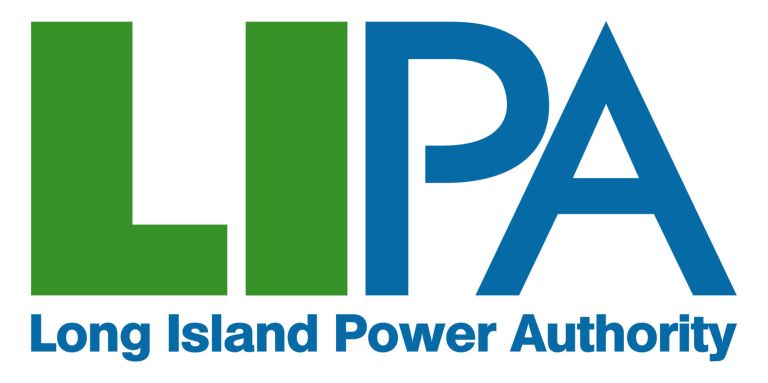
The Long Island Power Authority, Nassau County and its 56 school districts have reached a tentative settlement to a lawsuit over the power authority’s tax payments.
Many details of the proposed settlement are not public because most school districts have yet to approve it, but the pact keeps districts financially whole for the current school year and maintains their local control over their tax levies, said Jaqueline Pirro, the East Williston school district’s assistant superintendent for business.
LIPA, the county and the school districts are expected to finalize and sign the pact by July 1, County Attorney Carnell Foskey said in a statement. East Williston’s school board voted to approve it on Monday.
“The litigation and settlement demonstrates the district’s resolve to address inequities in the tax system that may impact the district’s budget and the resources available to students and staff,” said Mark Kamberg, East Williston school board president.
The school districts filed the lawsuit in Nassau County Supreme Court in January after the county reduced their property tax levies last September by the amount it billed LIPA for payments in lieu of taxes, commonly known as PILOTs. The county removed LIPA properties from regular tax rolls for the first time last year to comply with the state’s 2013 LIPA Reform Act.
But the power authority paid the county $3.7 million less than it was billed, citing a 2 percent cap on its tax payment increases under the state’s LIPA Reform Act. School districts then received thousands of dollars less than they expected.
Justice Anthony Marano ordered LIPA to pay the additional $3.7 million in February because the shortfall posed “irreparable harm” to the school districts. The settlement would uphold that order and give LIPA a credit, or discount, for that amount on its November tax bill, Kamberg said.
It also says the county would collect LIPA’s payments on a schedule based on the calendar year, Pirro said, aligning the county’s current July-to-June schedule with the state law. The county has said the discrepancy caused LIPA to miscalculate what it owed this year.
“It’s all about timing,” Pirro said.
In a statement, County Attorney Carnell Foskey said the county will agree to the settlement because it leaves the county with no liability. “The terms, while not yet fully finalized, appear to be fair to all parties,” Foskey said.
A LIPA spokesman, Sid Nathan, declined to comment on the settlement because it is pending final approval.
In the lawsuit, the school districts argued LIPA’s limited payments shifted a greater burden to taxpayers and said the county should otherwise make them whole under the County Guarantee, which puts Nassau on the hook for any tax shortfalls resulting from incorrect assessments.
They have also alleged the county acted improperly when it reduced their tax levies after they were finalized last August.
“The district has no authority to establish tax rates, PILOT payments or property assessments,” Kamberg said Monday. “However, we will remain vigilant to protect the district’s finances from the negative consequences of unilateral action by the county and LIPA.”
LIPA has maintained that it paid the county all it was authorized to pay under the LIPA Reform Act, and that increases to LIPA’s tax bills lead to higher power rates for residents.
The county has said it is not obligated to make any municipality whole for PILOT shortfalls. Officials “took extra care” in auditing LIPA’s first PILOT payments after they were made in November, Foskey said in February.






